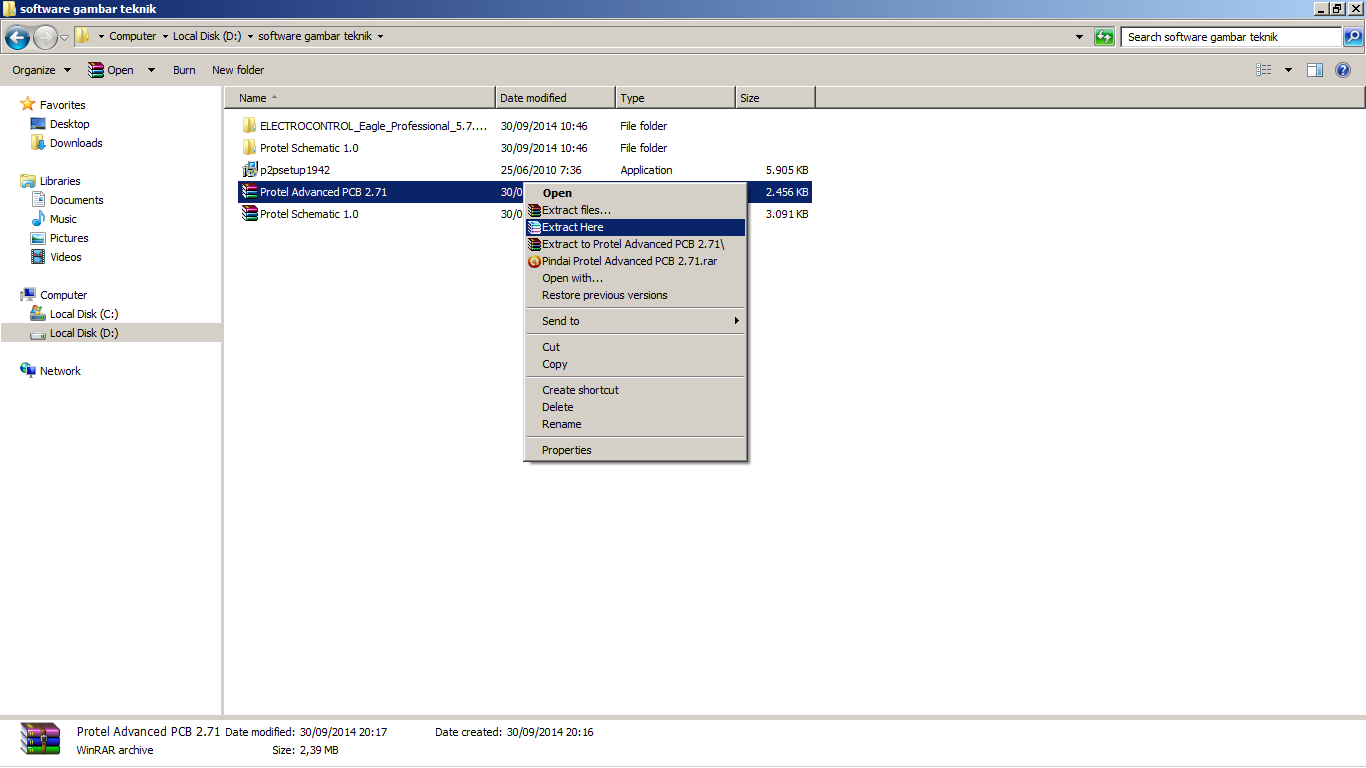

Now we don’t have toasters or heating plates being plugged into light bulb sockets.

In 1915 he filed a patent for the standard wall outlet plug that is still in use today. We have Harvey Hubbel to thank for finally ending this mess. Of course, none of these services were compatible with other competing methods. You’d get your electric service hooked up by Edison for a monthly fee then you’d buy the light bulbs, appliances, etc.

This problem was also made worse by the fact that Edison didn’t just want to sell people a light bulb, he wanted to sell a service. If you lived in New York or New Jersey and used Edison’s electric inventions for lighting, heating, or cooking, what would happen if you used them in another city? They were unusable because each town had their own socket configurations. The problem with this push was the complete lack of standardization. Here he showed that you could punch a hole through two layers that had perpendicular wires to establish electrical connectivity.ĭuring this time we start to see a major push for electric-powered devices into everyday households by Edison and other business leaders. Hanson also described the concept of a through-hole application in his patent. However, what’s interesting to note is how we’re still dealing with AC-DC conversion issues today.Ī drawing depicting the first PCB patent secured by Albert Hanson. Tesla’s AC ended up winning out as an ideal method of transporting electricity over long distances. One of the greatest debates during this intense period of innovation was between AC and DC.
Herman Hollerith invented the tabulator in 1890 and would go on to found IBM. George Eastman’s Kodak invented the first consumer camera in 1884. Alexander Graham Bell invented the telephone in 1876. Nikola Tesla invented the motor in 1888 and AC power in 1895. Thomas Edison invented the lightbulb in 1879, movies in 1889, and many other innovations. This was also a period of genius inventors who still have an impact on our world of electronics today, including: We also see generators, which do the opposite by converting mechanical energy into electrical energy. We have the invention of the motor, which converts electrical energy into mechanical energy. ( Image source)ĭuring the Gilded Age, we saw some major discoveries in electromagnetics. Shares of Standard Oil Company issues in May 1878, the beginning of the oil monopoly. Now we’re seeing photorealistic representations of reality. Back in the 80s, you were likely playing Pacman at the arcade. For functionality, think about video games. We expect our devices to respond instantly, and even a few seconds delay can send us into a frenzy. All of this is leading to an increased density of components and complexity on our boards.Īll of these advances are being driven primarily by the increased speed and functionality of our products. We are shrinking passive components like resistors, capacitors, etc. We are packing more functionality into advanced devices like integrated circuits (ICs) and microprocessors. This brings to focus several noticeable trends in the manufacturing of PCBs: Everything on that calculator PCB can now fit into a single chip on today’s designs. Point being, the rate at which technology and PCB design itself is advancing is impressive. In the calculator, we probably have 30+ transistors, but on a single chip on the motherboard, you’ll find over a million transistors. PCB comparison between a 1968 calculator and today’s modern motherboards. The other is a typical high density motherboard that you’ll see in computers today. One is an older board for a calculator made in the 1960s. Take for example the two circuit boards shown below. What was once assembled easily by hand soon gave way to microscopic components that required the precision and efficiency of machinery. Over time, PCBs have evolved as a tool for optimizing the manufacturing of electronics. What we’ll be covering in this blog is not a complete history, but rather the sweeping moments that transformed PCBs into what they are today. In our little corner of the world, we can trace the history of PCBs back over 130 years, when the great industrial machine of the world was just kicking into motion. Like many other great inventions in history, the printed circuit board (PCB) that we know today was built on a foundation of advancements throughout history. The Wayback Machine: A History of Printed Circuit Boards (PCBs) from Past to Present







 0 kommentar(er)
0 kommentar(er)
